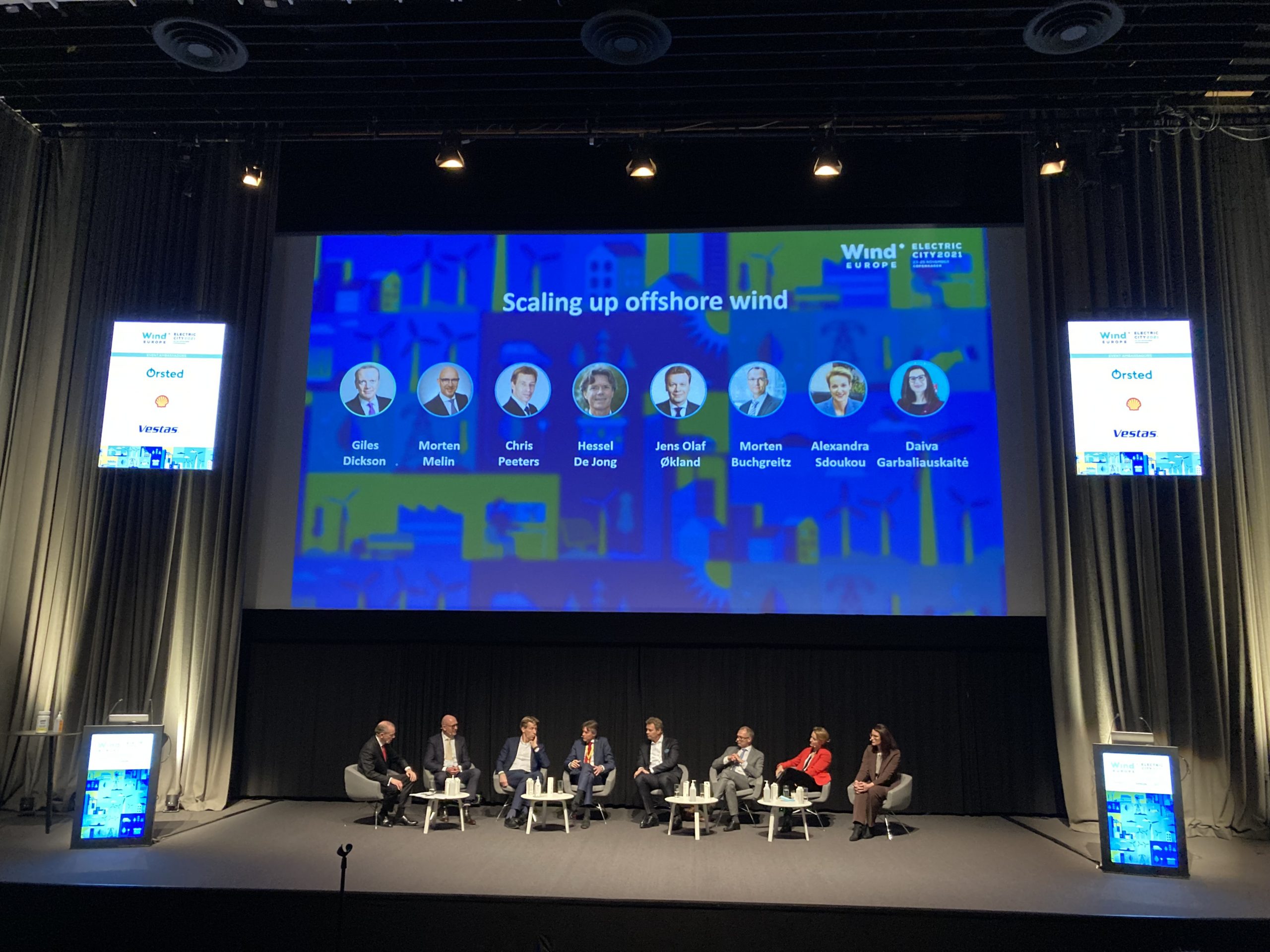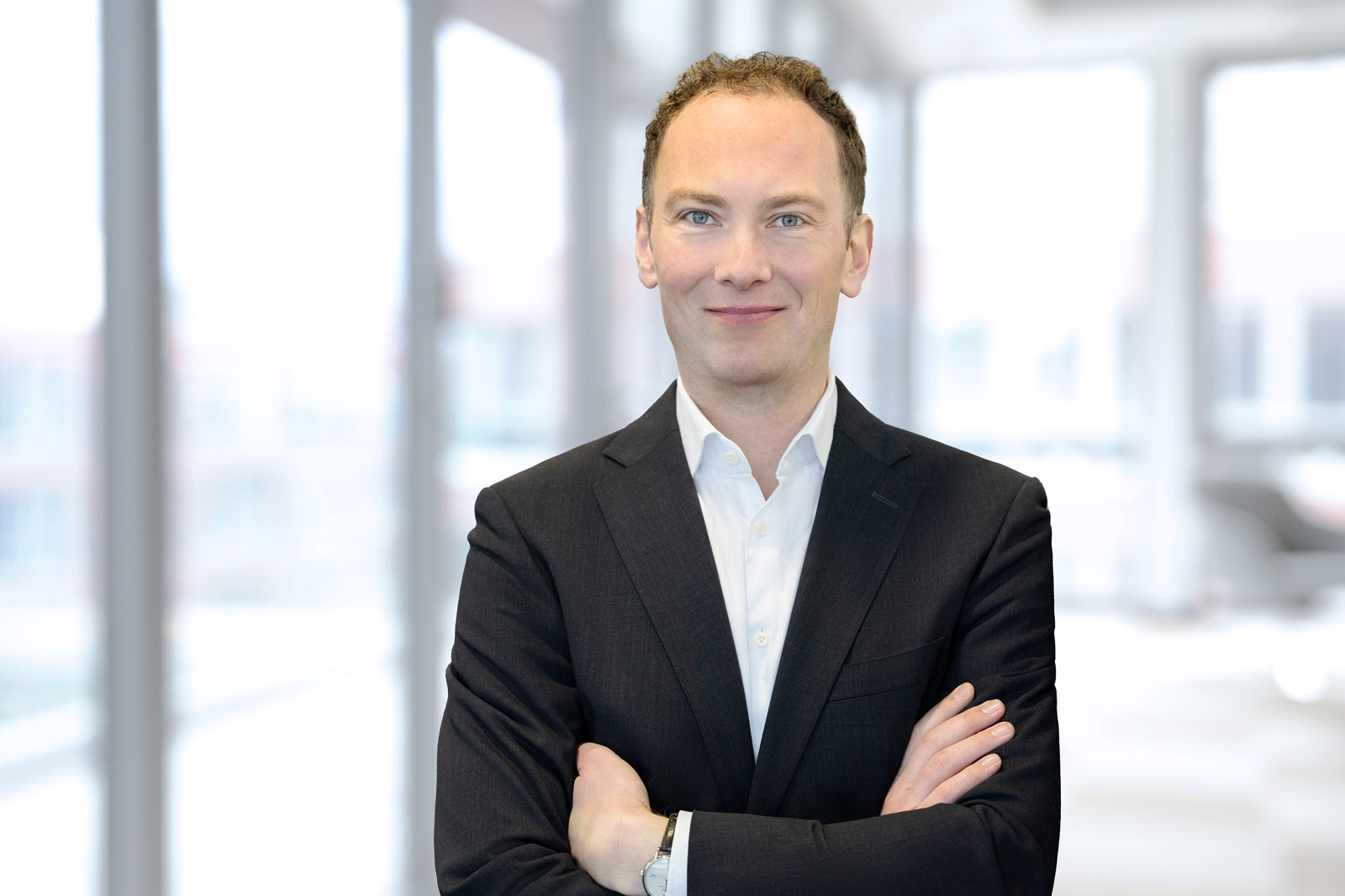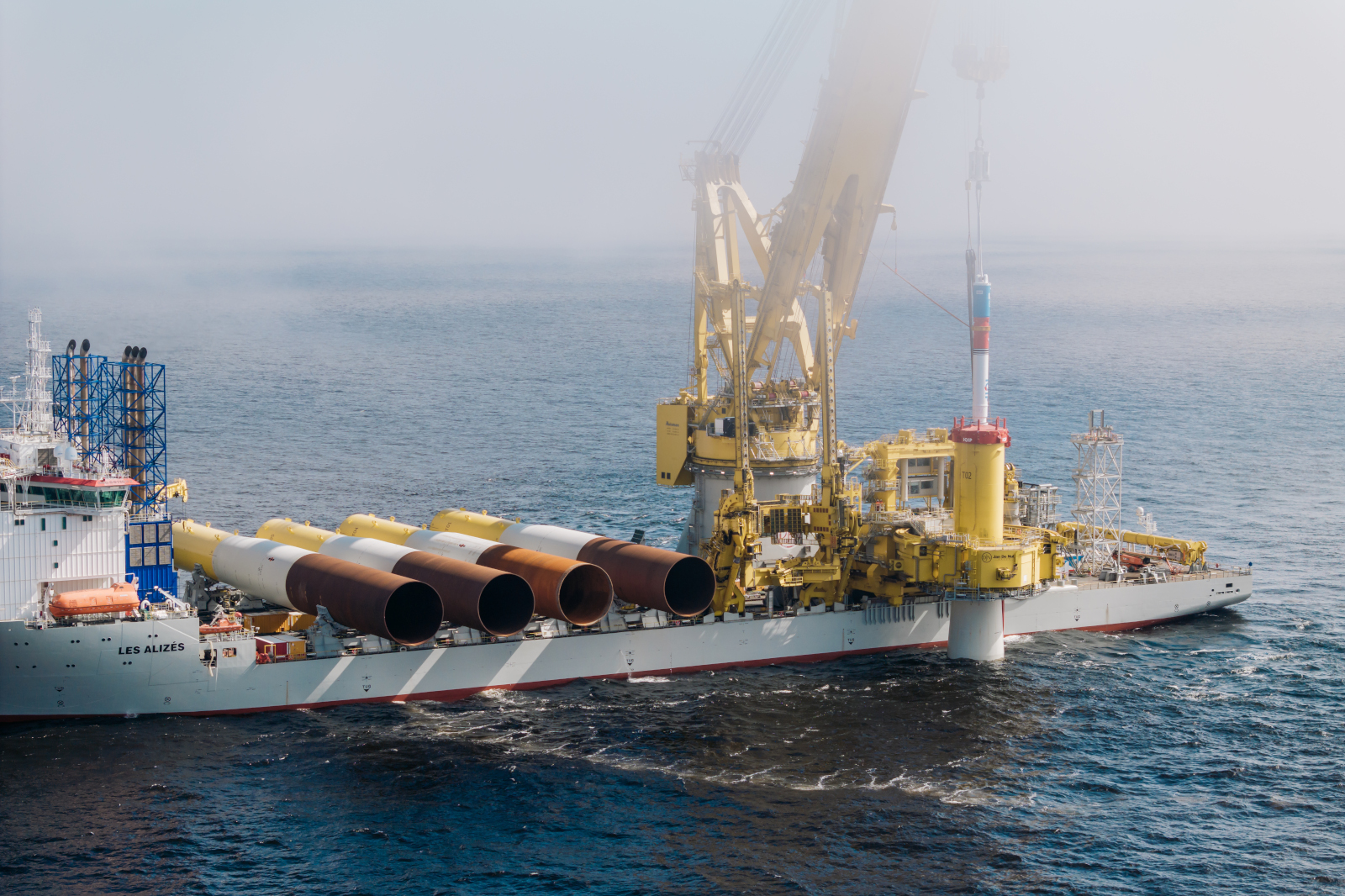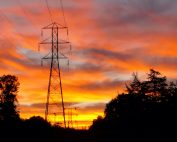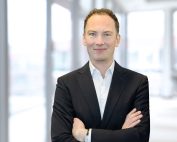Today’s industry talks at the WindEurope Electric City 2021 in Copenhagen focus on the challenges of scaling offshore wind, achieving RES targets, repowering, and technologies. Our speakers included Daiva Garbaliauskaitė, Vice-Minister of Energy of Lithuania as well as Ditlev Engel, from Energy Systems at DNV, and Peter Jenkins from 4SUBSEA.
In a commentary for BalticWind.EU, Daiva Garbaliauskaitė, Vice-Minister of Energy of Lithuania, spoke on the role of renewable energy in the Lithuanian decarbonization plan.
– Electricity together with the green hydrogen integrated, in the future will be a backbone in the sense that green hydrogen will be able to balance all renewables that we are going to install onshore and offshore. We plan to have at least 70 % electricity from renewables by 2040, so that’s a lot. In the periods where there is no sunshine, the wind is not blowing, we need to have a stable and balanced grid – says Garbaliauskaitė.
What is the vision of the stable balanced grid which #Lithuania is aiming for and how does the Lithuanian Ministry of Energy intend to support citizens in this transition. We spoke with Daiva Garbaliauskaitė at #ElectricCity2021, below is a short excerpt from the interview. pic.twitter.com/Id0E2kTJAV
— BalticWind.EU (@BalticWindEU) November 24, 2021
Ditlev Engel, CEO of Energy Systems at DNV, said that every year the company makes a report called the „Energy Transition Outlook”.
– We think the most likely outcome for the energy future is very much related to the cost of energy in the world. That forecast shows that we will end in the world of 2.3 degrees Centigrade based upon the current rejection beyond, and that is including a lot of build-out, a lot of things are going to happen and that obviously is not going to get us to what is the target in the Paris Agreement – he says.
How to reach Paris Agreement Net Zero goals and what are the challenges for different regions worldwide. At #ElectricCity2021 we spoke with Ditlev Engel, CEO of Energy Systems at @DNV_Group, @DNV_Energy. pic.twitter.com/QETYh4aMbW
— BalticWind.EU (@BalticWindEU) November 24, 2021
Peter Jenkins, CEO at 4SUBSEA talked about the approach to future wind technology that implies bringing IOT technology to the industry, as it would have huge potential there.
– The most immediate value we bring to the market is retrofittable magnetic IOT sensors that are meant to be retrofitted on the existing wind turbines, and we use those sensors together with advanced analytics to document safe extension of the service life of a wind farm – says Jenkisn.
He adds that the wind farm which is designed to operate for 20 years can use the sensors to document that it is typically safe to operate 10-30% longer, meaning the operator can capitalize their investment over a longer timeframe.
What is the role of IoT Technology in the Wind Industry and how can it help to improve the operability of wind farms. At #ElectricCity2021 we spoke with Peter Jenkins, CEO at 4SUBSEA. pic.twitter.com/TavZ56QEaw
— BalticWind.EU (@BalticWindEU) November 24, 2021
